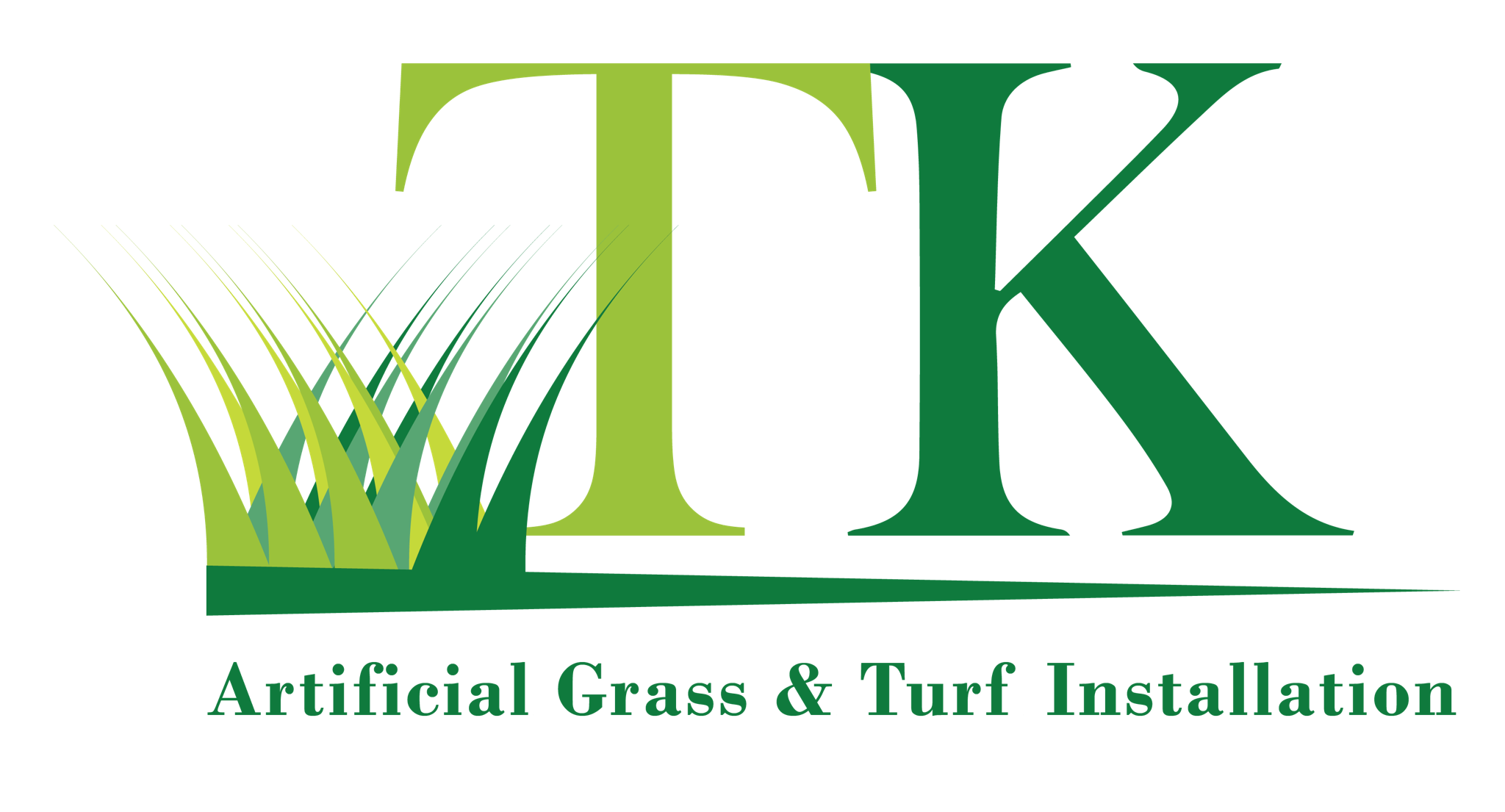Getting artificial grass installed is easy and will save you money in the long run. It is also an eco-friendly option that helps to conserve water. In addition, it will look more natural than other types of lawns. However, it is important to install it properly. To ensure a smooth and clean installation, follow these steps.
First, you need to locate all irrigation and sprinkler heads that are currently in the area. If you have a yard with existing sod, you may need to hire a sod cutter to remove the sod and any mulch or tree roots. This will ensure that your artificial grass is installed on a level surface.
You can also use a large landscape rake to level the ground. It is important that the ground is smooth so that the base material is easier to spread. After removing all the rocks and weeds, you should make sure to clean up any debris that is left behind. You can also use treated lumber to line the perimeter. If your project site has electrical lines or pipes, they should be checked to ensure they do not puncture the turf.
Next, you will need to lay out the synthetic grass on the site. The height of the blades must be at least 1/2″ above the surrounding hardscape. The grain direction of each roll should be the same. If you are installing two rolls of grass, you will need to seam them together. To seal the joins, you can use joining tape. Alternatively, you can nail them with 7-8” galvanized nails.
Once the seams are done, you can apply the infill material. This will help to protect the backing from damage from the sun and keep the fibers upright. You should distribute the infill material liberally. It should be evenly spread over the artificial grass.
After the infill has been distributed, you should water the turf to settle the material. You should also check the irrigation and sprinkler heads for functionality. You should also verify that all of the pipes are capped. Once all of these steps have been completed, you can compact the ground. This can be done with a heavy roller or a large plate compactor.
You can secure the edges of the synthetic grass with 7-8” galvanized nails. These nails should be placed every three or four feet. You should also use landscaping staples to secure the edges of the turf at the perimeter.
The final step is to brush the infill evenly across the turf. You can use a stiff-bristled industrial broom to brush the infill material. You can also use a carpet kicker to stretch the infill material close to the edge of the turf.
Once the infill has settled, you can use a carpet knife to cut the grass. You should also use a silver marker to mark the cut lines. Finally, you can use a utility knife to cut the excess grass. This will allow the edges of the grass to be straight and straight.
Find us on Crunchbase and NextDoor! Also check out our other blogs!

Recent Comments